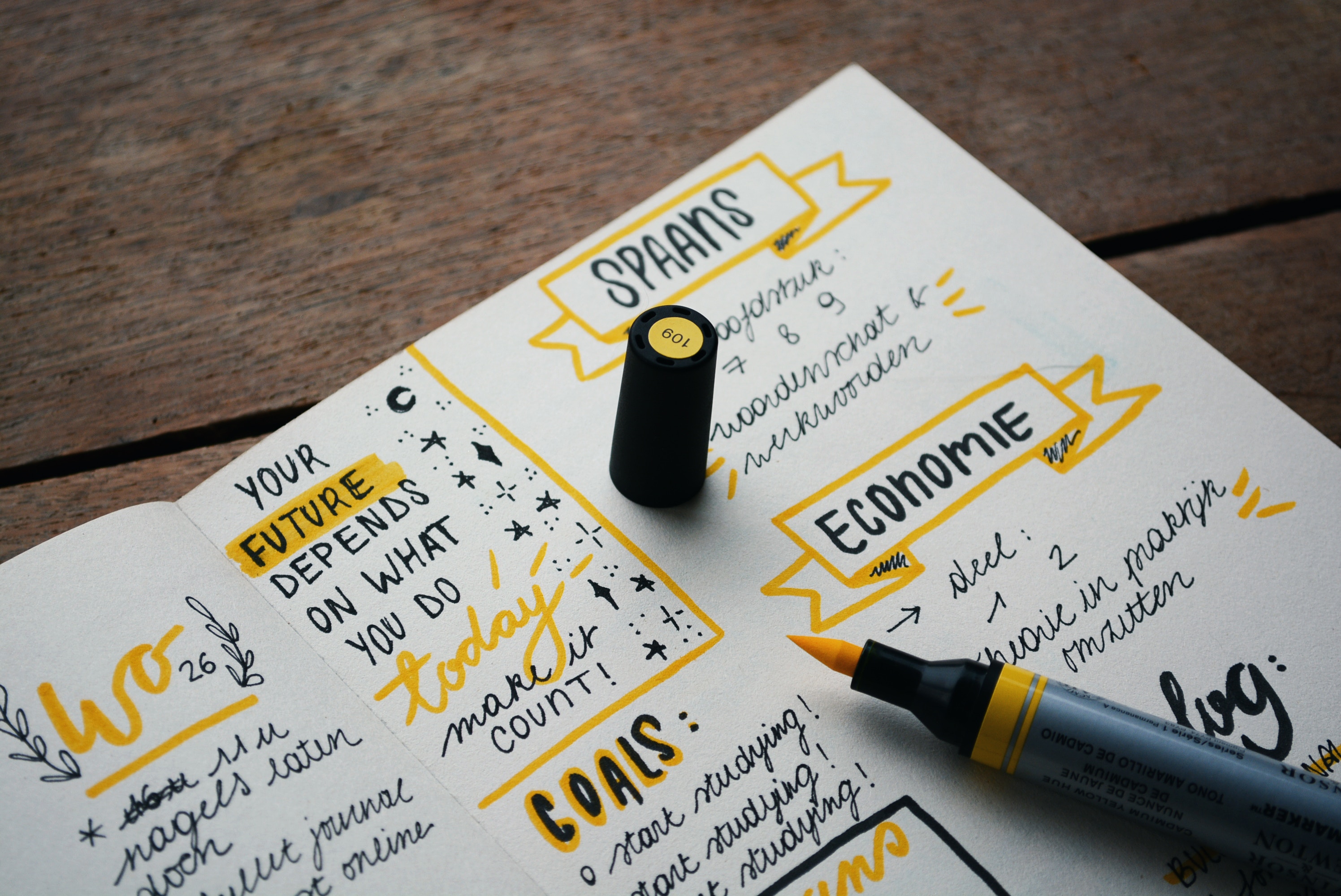How I make my vision board

Happy New Year and welcome to 2018. I look forward to 2 months of incorrectly writing 2017 and then trying to fix it up in some weird straight-topped 8. I should get the hang of it by April.
We took just over a week off over the break and it’s just what the doctor ordered. As with all holidays it went a touch too quick, but I feel like I got some rest but probably more importantly, I feel like I got organised.
We did a bit of a spring clean (in the summer) so it feels like our house is running like a well-oiled ship and everything has a place. We moved into our house just over a year ago but sometimes it still feels like we just moved in and are still in the unpacking phase.
I have spoken before about visualisation and the fact that every year I create a ‘Vision Board’ for myself that outlines my goals for the year. Interestingly I have actually been contacted by about 4 different random people over the break asking me how I do it.
So, I figured I may as well write a quick post about it. What I do is not a special system and as far as I’m concerned there is no right or wrong when it comes to this stuff. It’s all been led by intuition over the years, but I do follow a bit of a formula to get be there, so I’ll give you the run down today.
1) Review the year before: For me I like to look at my goals board from last year. If you didn’t have one, then have a think about what you achieved last year. I typically write it down. A few from last year included: Entering (and winning) my first CrossFit competition, achieving a specific revenue target for the business, hiring a staff member plus a whole heap of other personal and business achievements. I do this for two reasons. Firstly, I like to see if my goals reflected what I really wanted to achieve. I think sometimes we write down goals that we think that we should do, but we actually don’t have any personal drive to do it. For example, I don’t want to run a marathon. There is a small part that thinks I should, you know, because it’s a great achievement or whatever, but it’s not what I am really driven to do, so it won’t be on my goals list. Secondly, it’s just a really good boost to see how far you have come in a year.
2) Think about each area of your life: When it comes to goal setting, I usually break it into the following categories: Family, Relationship, Friends, Business, Health and Fitness, Money, Well-being, and Funsies. Typically, I try and think of something in each of these areas that can be my focus for the year.
3) Put a tangible, measurable goal next to each area: You may have an overarching feeling of ‘wanting to spend more quality time with friends’ as one of your goals. Awesome, good goal, but not really measurable. I like to put something specific next to it. For example, I would put, ‘organise a lunch once every 2 months with my friends’. I write it like this not because I want to feel like I have to tick things off lists, but because it reminds me to take action on the goal. If I just said I wanted to spend more time with friends, I might not actively take steps to do it. This gives me a specific actionable item to do.
4) Find pictures or images that reflect your goals: Back in the day I used to sit down with 14 magazines and a big cardboard poster. I would spend a few hours flicking through, diligently cutting out the pictures that really grabbed me and reflected who I wanted to be. The magazine days are behind me and with all of the beautiful images available on Pinterest or Instagram these days, I have changed to the digital option. I use the free version of Canva to create my vision board.
5) Print it and put it where you get ready: Once I have created my board, I print it out and stick it on the wall in the room that I get ready in the morning. It’s not that I actively stand it front of it each morning and read it out loud, it’s just that it is always in my peripheral.
This may be quite a wishy-washy thing for some people, but for me it’s been proven time and time again by achieving my goals each year. Something about writing them down, setting an intention for yourself and just having it around you everyday, automatically moves your body in that direction. It’s magic.
The other thing you need to remember is that your goals are allowed to change and you are also allowed to create a new vision board whenever you like. Don’t feel like you’re trapped into it for a whole year.
My favourite part of being a financial adviser is the fact that I get to help people with their goals, so if creating your own vision board helps you too, then I’d love to hear about it.
What more information like this? Of course you do, sign up to our newsletter and we’ll keep you informed.
